
Are you familiar with Japan's national alcohol, nihonshu? Better known as sake, this delicious beverage is steadily gaining global recognition. Once you acquire a deeper knowledge of sake, you'll be able to enjoy Japanese and other cuisines even more. This article will introduce you to the world of sake, including its various types and how best to enjoy them.
The Basics of Japanese Sake
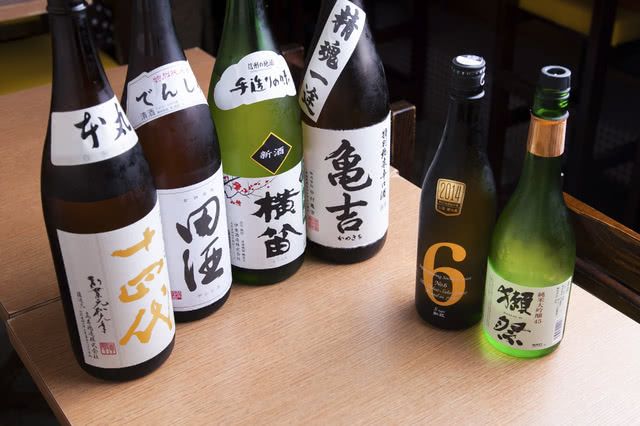
Sake is an alcoholic beverage brewed in Japan using unique techniques using ingredients such as rice, koji (rice inoculated with a type of mold), and water. With its rich history, sake holds a significant place in Japanese culture and is often presented as an offering to deities during festivals and rituals.
The diverse brewing techniques may make sake appear complex, but don't let that intimidate you. You just need to remember four basic categories based on aroma and flavor: daiginjo and ginjo for potent aromas; matured or aged sake for a deep aroma and bold flavor; honjozo and namazake for a light and refreshing flavor; and junmai for a full-bodied and robust flavor. Once you’re familiar with these types of sake, you'll have no trouble picking the perfect brew to complement your meal.
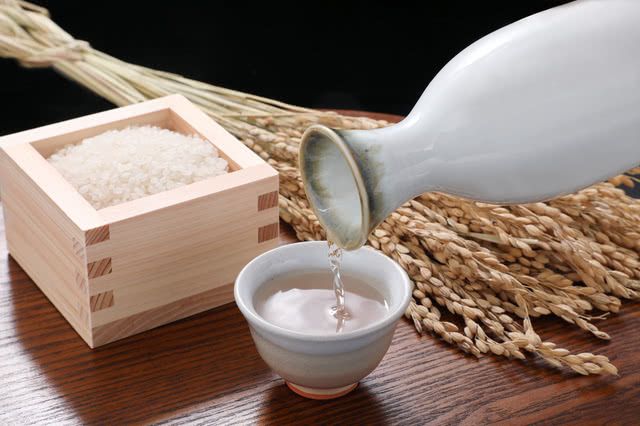
The Delightful Art of Sake Pairing!
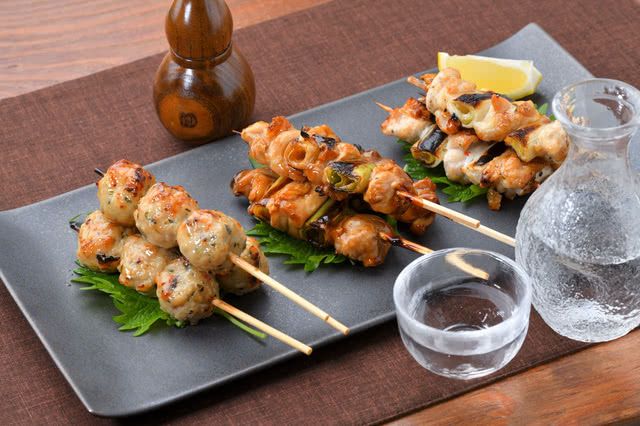
The light and refreshing flavors of honjozo and namazake make them ideal companions for meals. For Japanese food, they are a good match for sashimi, soba, tempura, and yakitori (grilled chicken skewers), but they also harmonize wonderfully with Italian dishes like marinated octopus and cold pasta.
On the other hand, the highly aromatic notes of daiginjo and ginjo are best paired with fragrant and acidic foods. They beautifully complement Japanese dishes like hamo (pike conger eel) seasoned with sour plum sauce, along with sunomono (lightly pickled vegetables), or Vietnamese food with white fish grilled in aromatic herbs and other herb-heavy dishes.
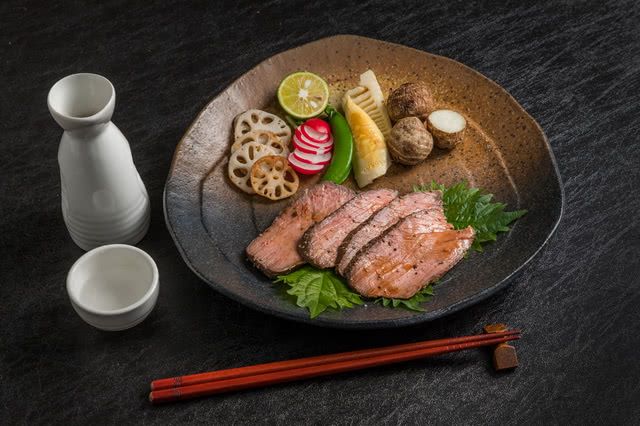
Matured and aged sake have been stored for a period of three to ten years, giving them highly fragrant and full-bodied characters. Their intense and complex profiles pair well with cheeses, dried fruits, and desserts like chocolate cake, making them an excellent digestif to finish off your meal. If you prefer sake with the main course, consider savory and flavorful dishes like seasoned eel or braised pork belly.
More Than Just Taste! How to Enjoy Sake With Your Other Senses
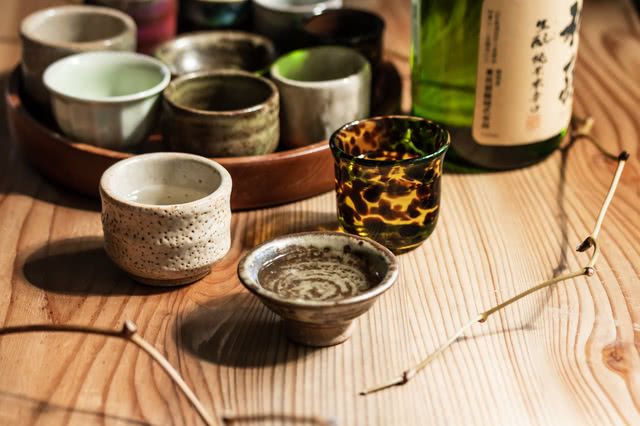
Another appealing aspect of sake is the diverse range of cups that it can be served in. Sake cups come in a variety of shapes and materials, each with its own special charm that pleases both one’s sense of sight and touch. The most common cups are called ochoko, which are generally small and often ceramic or porcelain. Others include lacquerware cups, often seen in celebrations and feasts, along with tin, glass, and more. While these materials won't alter the taste of sake too much, appreciating their visual presentations is an essential part of Japanese culinary culture. Some establishments will even allow you to choose your own sake cup, further elevating your drinking experience.
When in Doubt, Ask an Expert!
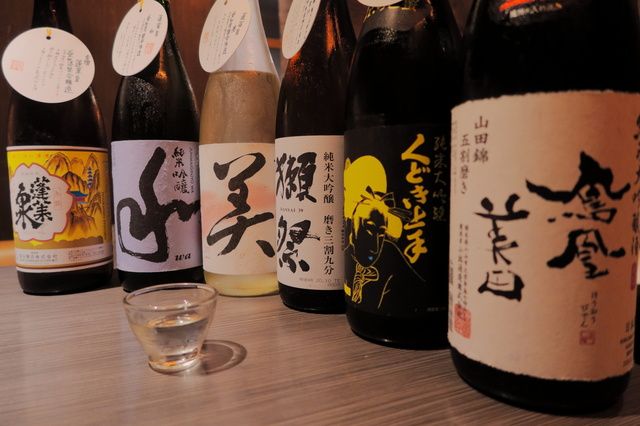
Sake is brewed all over Japan, and each region has its own unique features. Some restaurants and stores specialize in local sake specific to a certain area, while others will amass a wide selection spanning the nation. With such a choice, picking the perfect sake can be a challenge. In moments like this, it's always best to seek advice from the staff. Much like wine sommeliers, certain establishments in Japan will have certified sake professionals known as kikisake-shi at your service. Even if a kikisake-shi is not present, the regular staff are often well-informed and happy to guide you. So, don’t hesitate to ask them to point you towards a sake that aligns with the time of year, food pairings, and your preferences.
Restaurants to Savor Sake With Japanese Cuisine
Ryoriya MOTO (Roppongi / Japanese cuisine)
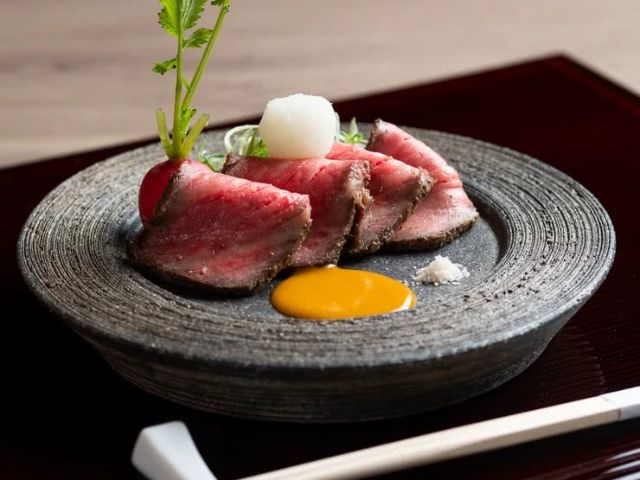
The restaurant's appeal lies in the chef's creative fusion of different culinary styles with Japanese cuisine, all aiming to enhance the intrinsic flavors and visual allure of each ingredient. The restaurant also carries a selection of renowned sake brands from all over Japan to pair with their dishes. The sake changes with the seasons and includes both rare finds and popular classics, so there’s always something new to discover.
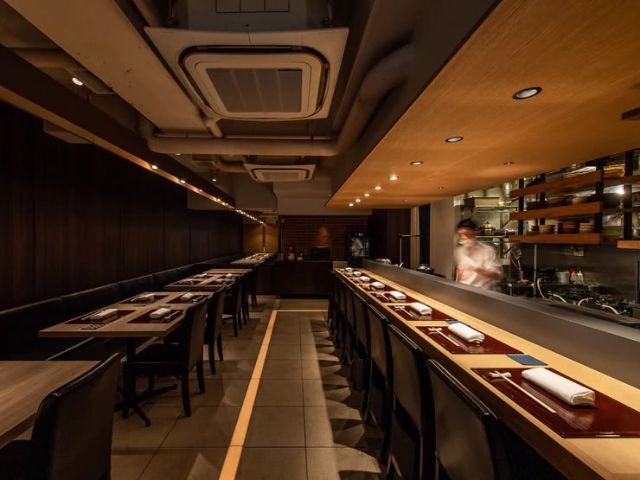
Ryoriya MOTO
Closed: Sunday, National Holidays
Average price: [Dinner] 15,000 JPY
Access: 10 minutes walk from Roppongi Station on the Tokyo Metro Hibiya Line and the Toei Oedo Line / 10 minutes walk from Nogizaka Station on the Tokyo Metro Chiyoda Line / 10 minutes walk from Hiroo Station on the Tokyo Metro Hibiya Line
Address: 104, Azabu Empire Mansion, 4-11-28, Nishi-Azabu, Minato-ku, Tokyo Map
More Details Reservation
Kan Agari (Shinjuku / Izakaya)
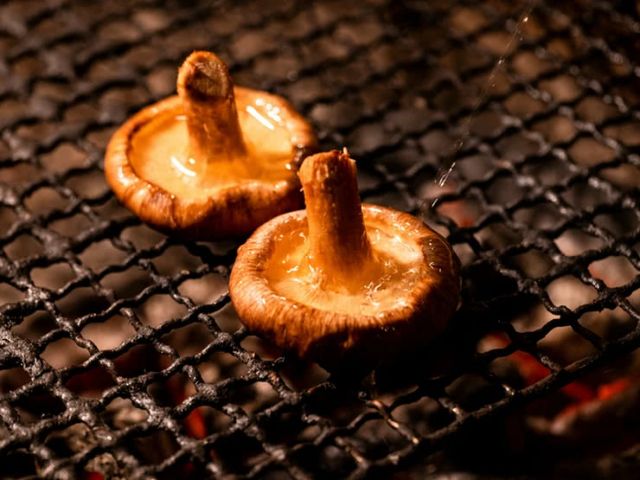
True to its name, the restaurant specializes in warm sake, heating each brew to its ideal temperature, making it an excellent choice for those seeking to try the experience. The sake selection focuses on rare and limited varieties that change with each season. Many of the staff are certified kikisake-shi, and are more than happy to answer questions.
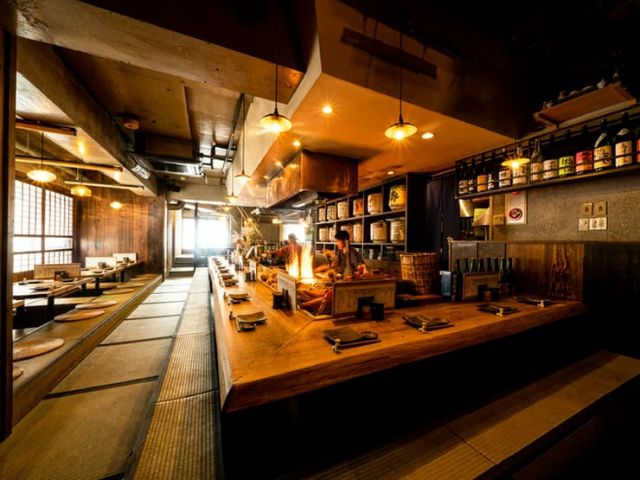
Kan Agari
Closed: Irregular
Average price: [Dinner] 5,000 JPY
Access: 3 minutes walk after getting off at Shinjuku Station
Address: 3F, Shinjuku YS Bldg., 7-16-12, Nishi-Shinjuku, Shinjuku-ku, Tokyo Map
More Details Reservation
LANTERNE hanare (Higashi-Kitazawa / Izakaya)
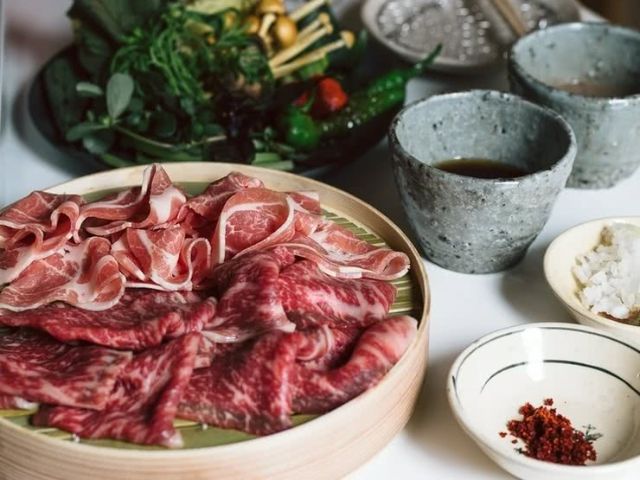
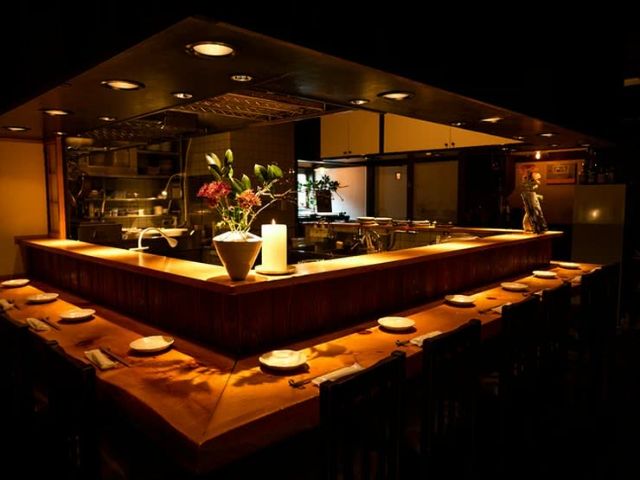
LANTERNE hanare
Closed: Sunday
Average price: [Dinner] 10,000 JPY
Access: 5-minute walk from Higashi-Kitazawa Station on the Odakyu Odawara Line / 8-minute walk from Ikenoue Station on the Keio Inokashira Line
Address: 1F, 3-25-9, Uehara, Shibuya-ku, Tokyo Map
More Details Reservation
Gyutan-yakisemmontemmorinomiyakotasukenihombashiten
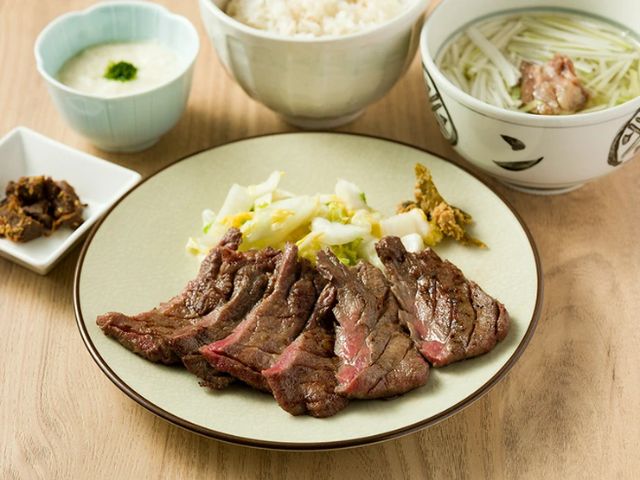
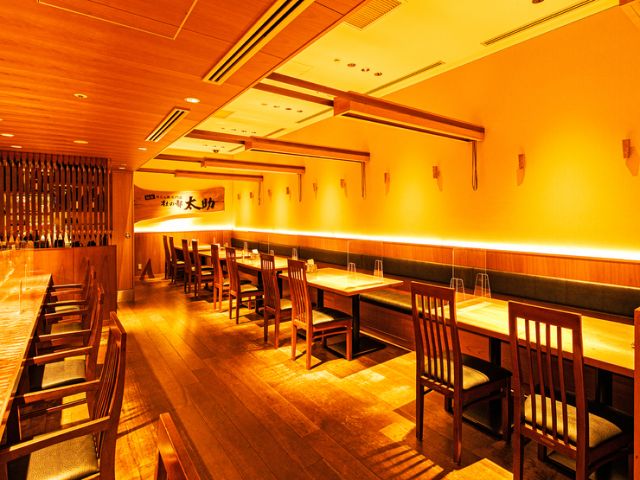
Gyutan-yakisemmontemmorinomiyakotasukenihombashiten
Closed: There are irregular holidays * Regular holidays are based on Tokyo Nihonbashi Tower
Average price: [Lunch] 1,000 JPY
Access:
Address: Map









![Azabudai Hills [SUMI] (Janu Tokyo) ~ Editor's Afterword by the Editor-in-Chief of Japan's Gourmet Site](/gg/content_image//image/discover_oishii_japan/6536/article_head_150x105z.jpg)









